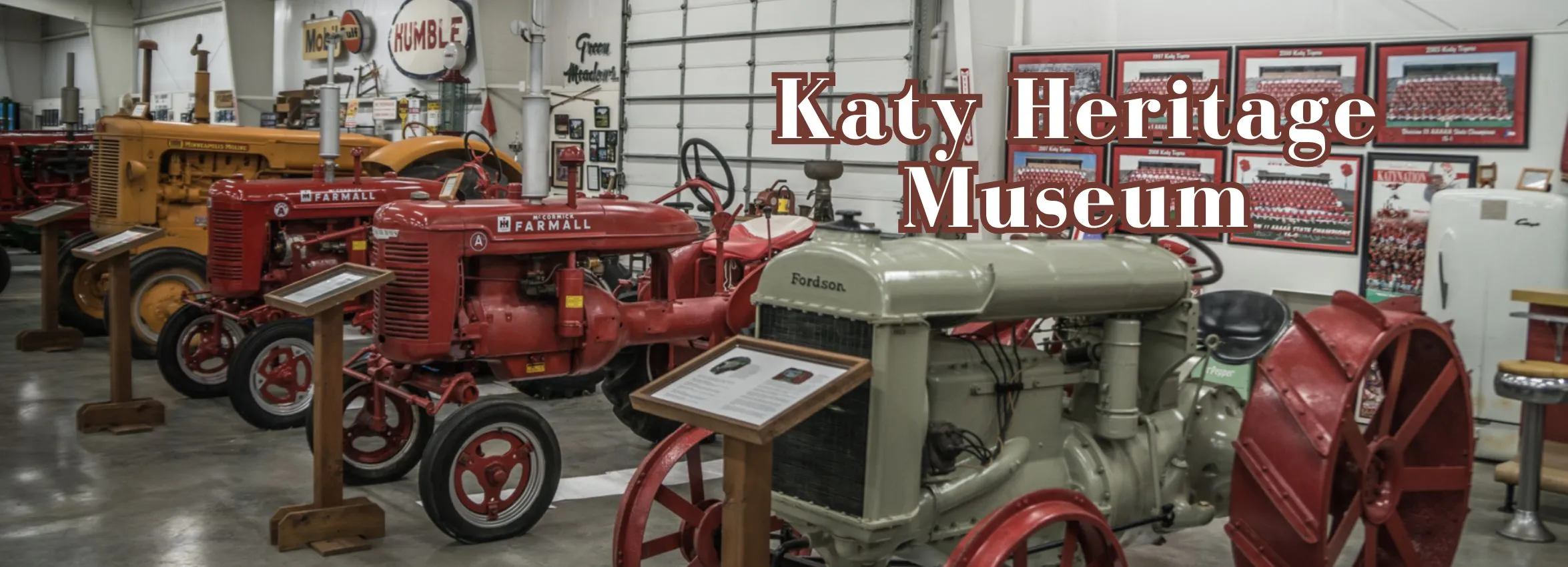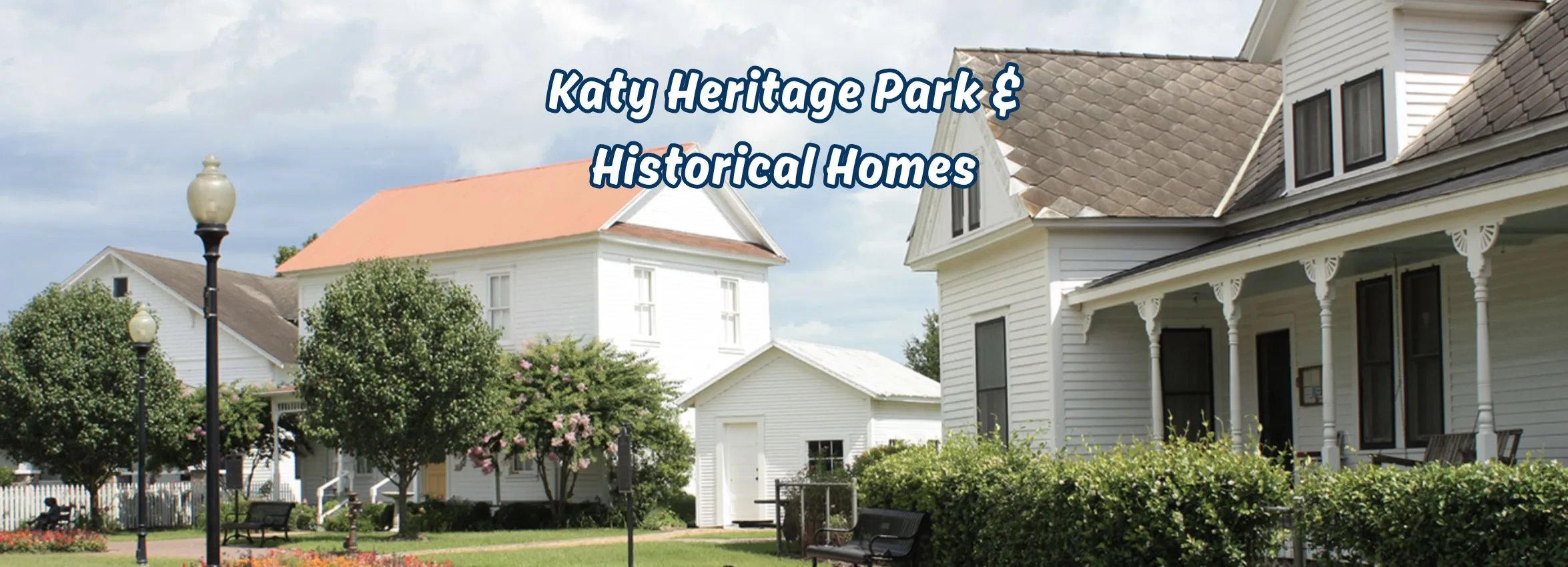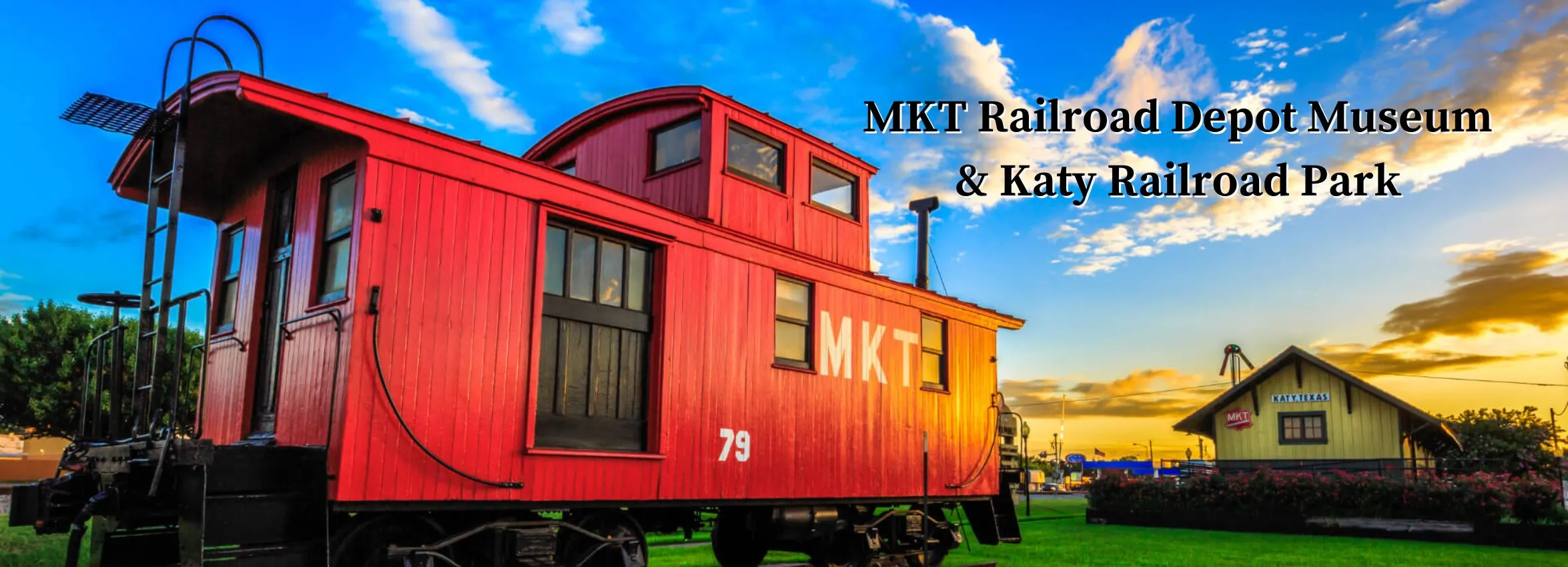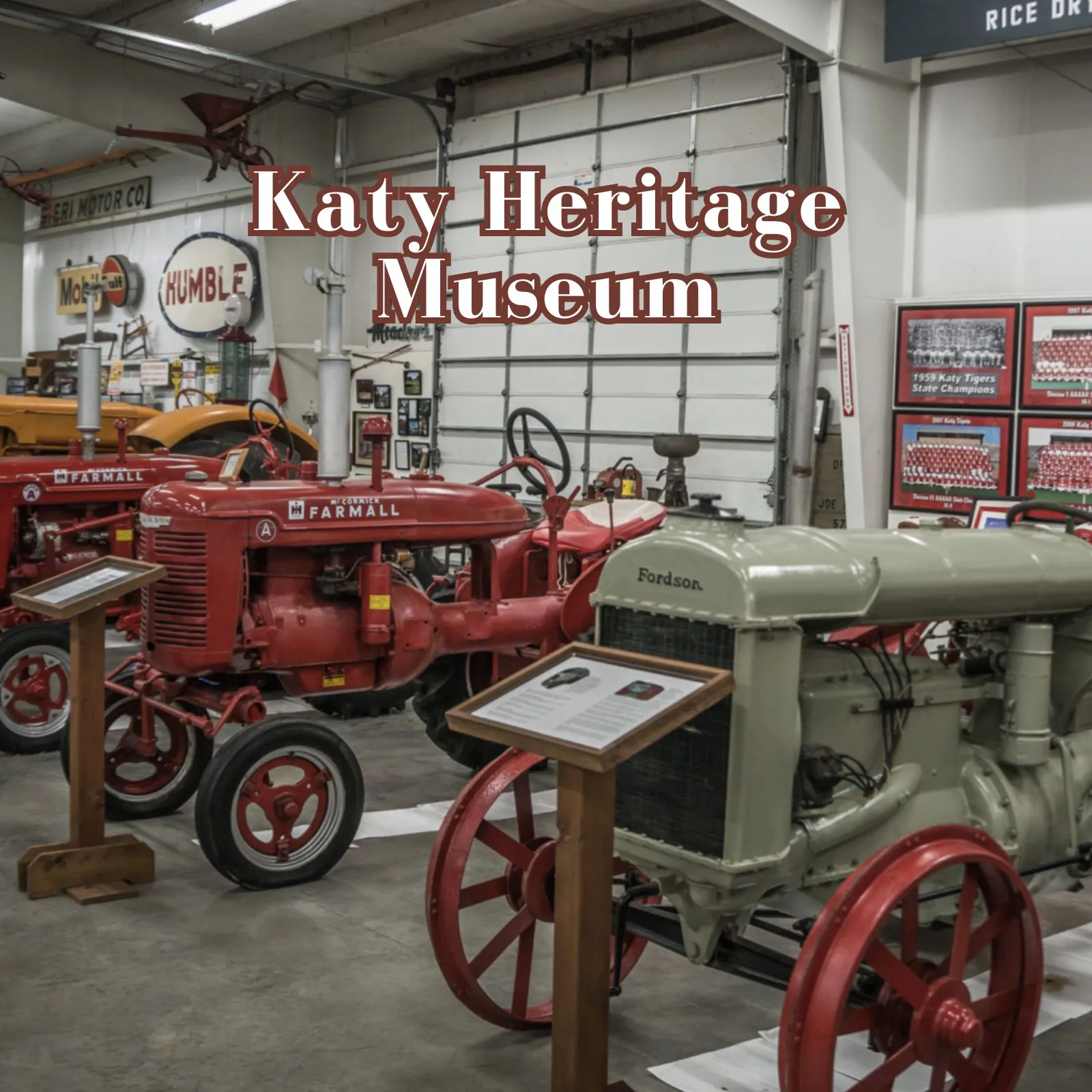The Alluring Chronicles of Katy, Texas
Nestled in the expansive landscapes of southeastern Texas lies the vibrant city of Katy. Beyond its modern day charm, this city boasts a rich tapestry of history that’s intricately woven with tales of railroads, rice farming, and resilience. As you embark on this tour of the history of Katy, Texas, prepare to delve deep into the legacy that has shaped this bustling hub.
1. The Humble Beginnings: Katy’s Earliest Inhabitants
Long before the European settlers marked their footprint, Native American tribes roamed the vast prairies of Katy. The Karankawa, Akokisa, and Attacapa tribes lived harmoniously, fishing in the abundant water bodies and hunting the fertile plains.
2. The Railroad Revolution: A Town is Born
The late 1800s saw a significant shift. The Missouri-Kansas-Texas Railroad (often called the “KT”, hence ‘Katy’) decided to lay tracks through this land. The impact was monumental. This development invited settlers and entrepreneurs, leading to the birth of “Cane Island”, which later became Katy.
3. Rice: The Golden Grain of Katy
In the early 1900s, Katy underwent another transformation. The vast plains proved to be perfect for rice cultivation. Soon, rice farming became the backbone of the economy, with Katy earning the title of the “Rice Capital of the World”.
4. The Discovery of Oil and Natural Gas
While rice was flourishing, 1934 marked another significant discovery – oil. The Katy Gas Field became a pivotal point, not just for the city, but for Texas’ booming oil industry. This ushered in an era of prosperity, with new job opportunities and infrastructural growth.
5. Education and Community: Foundations of Modern Katy
Post World War II, Katy recognized the importance of education and community development. Establishing schools and community centers, Katy paved the way for a brighter future for its residents.
6. The Advent of the Interstate: Connectivity and Expansion
The construction of Interstate 10 in the 1960s was a game-changer. Connecting Katy directly to Houston and San Antonio, this highway led to an influx of people, businesses, and set the stage for Katy’s urbanization.
7. Katy’s Natural Wonders: Parks and Green Spaces
Beyond industrial growth, Katy is home to many natural wonders. The Katy Prairie is a testament to its rich biodiversity. Conservation efforts here have ensured that this natural treasure continues to thrive.
8. Modern-day Katy: A Blend of Old and New
Today, Katy is a harmonious blend of its storied past and promising future. Historical sites coexist with modern shopping centers, offering residents and tourists a taste of both worlds.
9. Cultural Festivals and Traditions
Katy’s history is celebrated through various annual events. The Katy Rice Festival stands out, paying homage to its agricultural roots, while also showcasing local arts, crafts, and cuisines.
10. The Resilience of Katy: Overcoming Natural Calamities
History isn’t just about growth and celebrations. Katy has seen its share of challenges, especially from natural calamities like hurricanes. However, the city’s resilience and communal spirit have always shone through, rebuilding and emerging stronger after every adversity.
Conclusion
The history of Katy, Texas, is a captivating tale of progress, challenges, and an undying spirit. From its ancient inhabitants to its modern-day achievements, Katy stands as a testament to the idea that with unity, hard work, and a sense of purpose, any dream can become a reality. Whether you’re a resident, a historian, or a curious traveler, Katy’s historical tapestry promises a journey of discovery, inspiration, and a deeper understanding of the Lone Star State’s enduring legacy.











